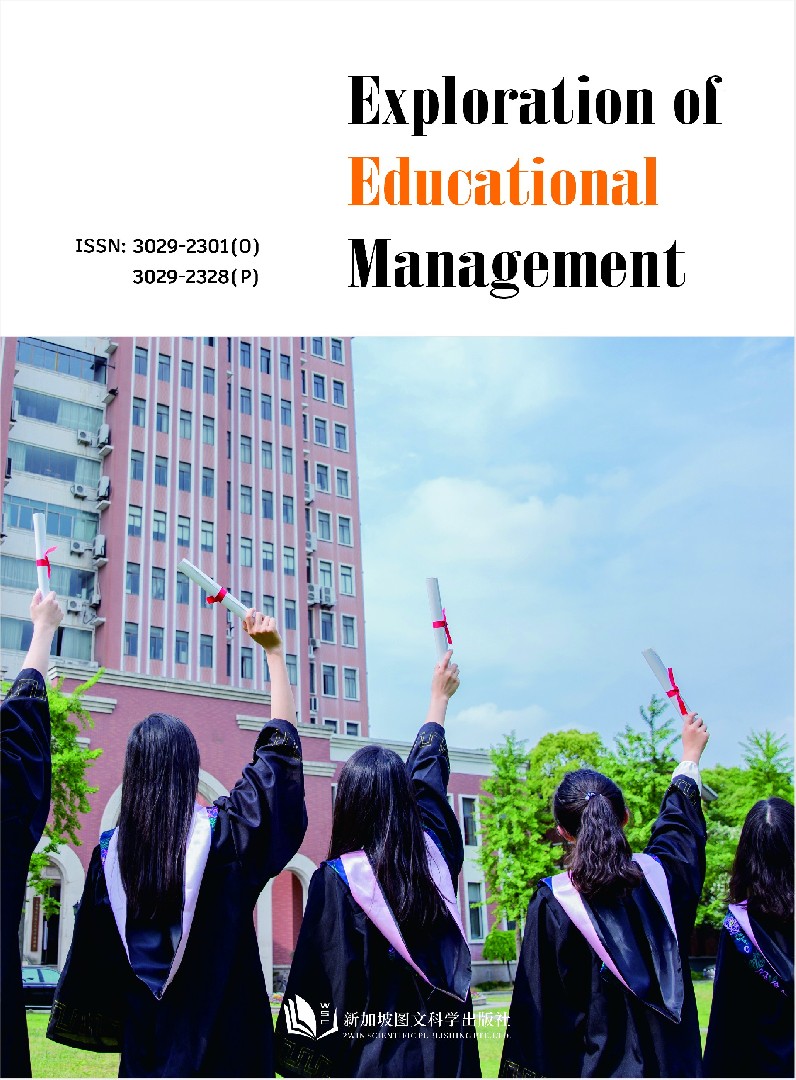作者
Zhengqi Lyu,Xiaohui Zhang
文章摘要
Abstract: Virtual simulation technologies, such as Virtual Reality (VR), Augmented Reality (AR), and Mixed Reality (MR), have become significant tools in the field of education, providing immersive and interactive learning experiences. Presence, a key factor within these virtual learning environments, is critical to enhancing learning outcomes. This study presents a systematic review of the theoretical foundations, influencing factors, and educational impacts of presence in virtual simulation learning environments. Firstly, the development of the concept of presence, Csikszentmihalyi's Flow Theory, and Sheridan's constructs of presence are discussed in detail. Secondly, multiple factors affecting presence are explored, including technological factors (e.g., quality of sensory input, system responsiveness), social factors (e.g., social presence, teaching presence), and individual and environmental factors (e.g., learner characteristics, physical learning environment). The findings indicate that presence significantly contributes to enhancing learning motivation, knowledge transfer, and emotional engagement. To improve presence in virtual simulation environments, this paper proposes several strategies, including improving the quality of sensory input, strengthening social interaction, designing engaging emotional experiences, and providing personalized learning pathways. Additionally, the study discusses the current limitations of research in this area, such as the neglect of individual differences and the lack of long-term studies, and suggests directions for future research. Overall, enhancing presence is essential for optimizing the educational outcomes in virtual simulation learning environments.
文章关键词
Keywords: Presence; Virtual Simulation; Educational Technology
参考文献
[1] Heater, C. (1992). Being there: The subjective experience of presence. Presence Teleoperators Virtual Environ., 1(2), 262-271.
[2] Sheridan, T. B. (1992). Musings on telepresence and virtual presence. Presence Teleoperators Virtual Environ., 1(1), 120-125..
[3] Slater, M., & Wilbur, S. (1997). A framework for immersive virtual environments (FIVE): Speculations on the role of presence in virtual environments. Presence: Teleoperators & Virtual Environments, 6(6), 603-616.
[4] Witmer, B. G., & Singer, M. J. (1998). Measuring presence in virtual environments: A presence questionnaire. Presence, 7(3), 225-240.
[5] Czikszentmihalyi, M. (1990). Flow: The psychology of optimal experience (pp. 75-77). New York: Harper & Row.
[6] Krassmann, A. L., Melo, M., Pinto, D., Peixoto, B., Bessa, M., & Bercht, M. (2019). What is the relationship between the sense of presence and learning in virtual reality? A 24-year systematic literature review. PRESENCE: Virtual and Augmented Reality, 28, 247-265.
[7] Makransky, G., & Lilleholt, L. (2018). A structural equation modeling investigation of the emotional value of immersive virtual reality in education. Educational Technology Research and Development, 66(5), 1141-1164.
[8] Makransky, G., & Petersen, G. B. (2021). The cognitive affective model of immersive learning (CAMIL): A theoretical research-based model of learning in immersive virtual reality. Educational Psychology Review, 33(3), 937-958.
[9] Salzman, M. C., Dede, C., Loftin, R. B., & Chen, J. (1999). A model for understanding how virtual reality aids complex conceptual learning. Presence: Teleoperators & Virtual Environments, 8(3), 293-316.
[10] Anastopoulou, S., Sharples, M., & Baber, C. (2011). An evaluation of multimodal interactions with technology while learning science concepts. British Journal of Educational Technology, 42(2), 266-290.
[11] Lasekan, O. A., Pachava, V., Godoy Pena, M. T., Golla, S. K., & Raje, M. S. (2024). Investigating factors influencing students’ engagement in sustainable online education. Sustainability, 16(2), 689.
[12] Slater, M., & Usoh, M. (1993). Representations systems, perceptual position, and presence in immersive virtual environments. Presence: Teleoperators & Virtual Environments, 2(3), 221-233.
[13] Biocca, F., Harms, C., & Burgoon, J. K. (2003). Toward a more robust theory and measure of social presence: Review and suggested criteria. Presence: Teleoperators & Virtual Environments, 12(5), 456-480.
[14] Anderson, T., Liam, R., Garrison, D. R., & Archer, W. (2001). Assessing teaching presence in a computer conferencing context.
[15] Cummings, J. J., & Bailenson, J. N. (2016). How immersive is enough? A meta-analysis of the effect of immersive technology on user presence. Media psychology, 19(2), 272-309.
Full Text:
DOI
